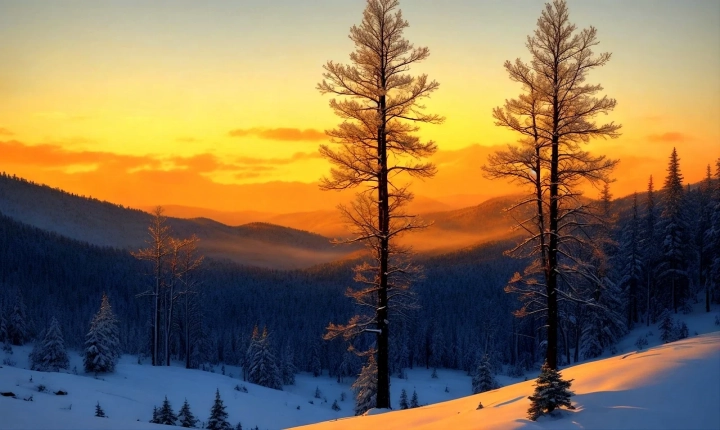Artificial intelligence (AI) has become a revolutionary force in the world of art, redefining the boundaries of creativity and expression. With the ability to analyze vast amounts of data and generate novel solutions, AI has opened up new possibilities for artistic creation and interpretation.
One of the most exciting developments in AI art is the use of generative adversarial networks (GANs), a type of machine learning model that can generate images, music, and even literature. GANs work by pitting two neural networks against each other, with one network generating new content and the other network discerning whether the content is genuine or generated. Through this process, AI can create original pieces of art that push the boundaries of human creativity.
AI art is not limited to visual creations; it has also revolutionized music composition. AI algorithms can analyze enormous datasets of musical compositions and generate new pieces with unique melodies and rhythms. This has sparked a new wave of experimentation with AI-generated music, blurring the line between human and machine creativity.
Furthermore, AI has also been used to enhance traditional art forms. For instance, some artists are leveraging AI to create interactive installations that respond to the viewer’s movements or emotions. Others are using AI to analyze patterns and themes in art history to inform their creative process or to predict future artistic trends.
However, the emergence of AI art also raises critical questions about the role of human artists and the nature of creativity. Some fear that AI will ultimately replace human artists, while others argue that AI can enhance human creativity by offering new tools and perspectives.
Another essential aspect to consider is the ethical implications of AI art. With the ability to generate so much content, questions arise about originality and ownership. Who owns the rights to AI-created art? How can we ensure that AI does not perpetuate biases or stereotypes in its creations? These ethical considerations are crucial as AI continues to permeate the artistic landscape.
Despite these challenges, AI art represents an exciting frontier in the world of creativity. By combining the power of AI with human imagination, artists can push the boundaries of what is possible and provoke new ways of thinking about art. As AI continues to evolve, it will undoubtedly play a significant role in shaping the future of artistic expression.
